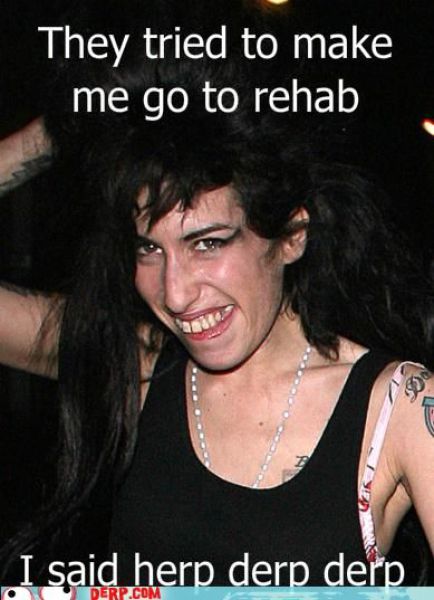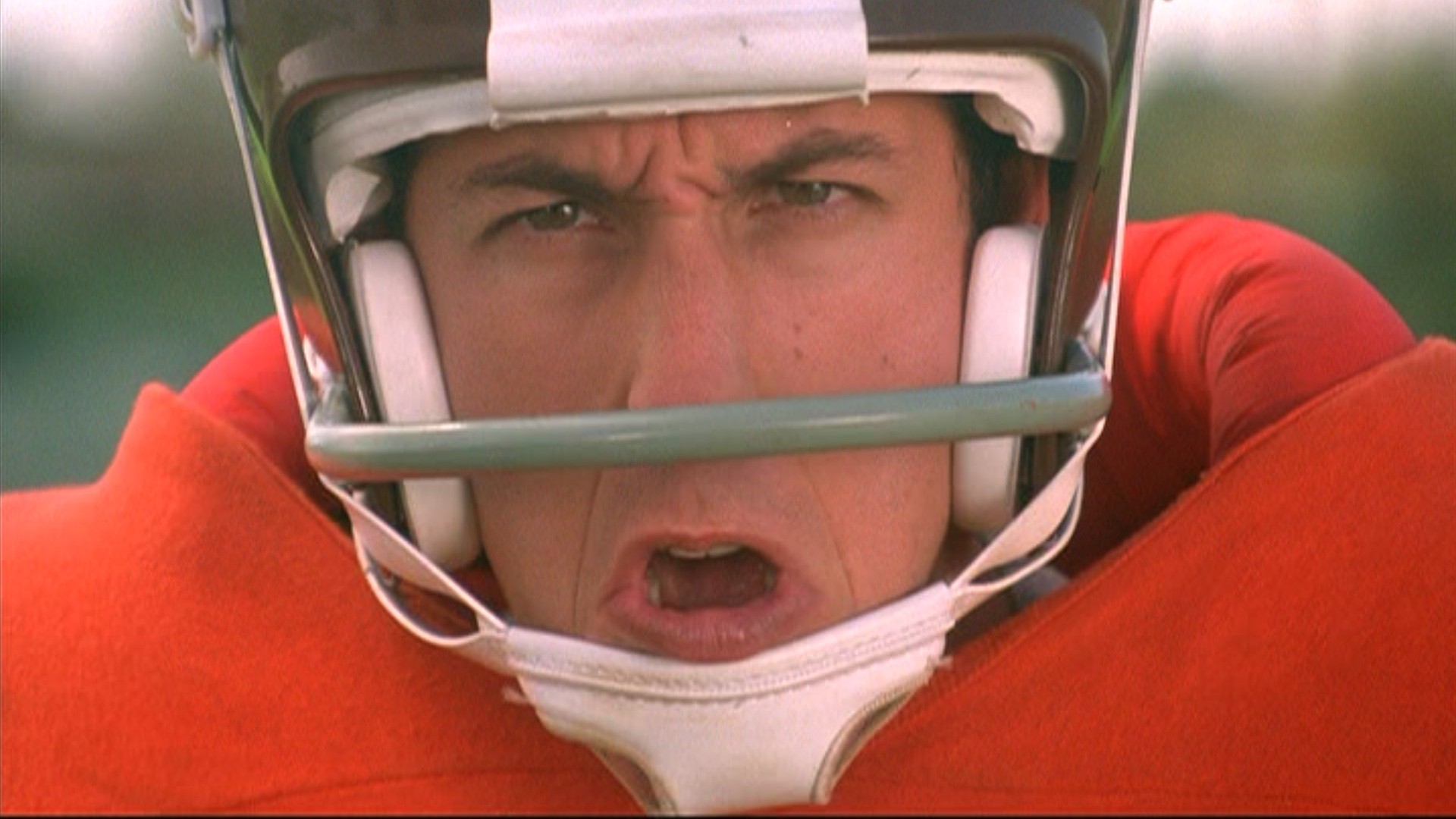The Brain Team
The largest player on the brain team is the cerebrum (say: ser-ee-brum).
The cerebrum makes up 85% of the brain's weight, and it's easy
to see why. This is the thinking part of the brain. It lets you solve
math problems, play video games, feed your fish, do a dance, remember
your sister's birthday, and draw pictures. It's the cerebrum that makes
human beings more intelligent than animals because it's the part that
lets us reason. Imagine if your dog tried to read the paper after he
fetched it. It wouldn't work out too well for him, because compared
with you, the thinking part of his brain is very small!
The cerebrum is made up of two halves, with one on either side of
the head. Some scientists think that the right half helps you think
about abstract things, like music, colors, or shapes. The left half is
said to be more analytical, helping you with math, logic, and speech.
Scientists do know for sure that the right half of the cerebrum controls
the left side of your body, and the left half controls the right side.
One part of the cerebrum is called the motor area. It runs across the
two halves of the cerebrum like headphones, from ear to ear. The
motor area controls your voluntary muscles - the muscles in your body
that move when you want them to. Next time you're playing soccer and
take a shot on goal, thank your motor area!
Next up is the cerebellum (say: ser-eh-bell-um). The cerebellum is
at the back of the brain, below the cerebrum. It is a lot smaller than
the cerebrum - only 1/8 of its size. But don't let the cerebellum's small
size fool you - it is working very hard behind the scenes, controlling
balance, movement, and coordination (how your muscles work together).
Because of your cerebellum, you can stand upright, keep your balance,
and move around. Think about a surfer riding the waves on his surfboard.
What does he need to stay balanced? The best surfboard? The coolest
wetsuit? Nope - he needs his cerebellum!
Another brain part that's small but mighty is the brain stem.
The brain stem is beneath the cerebrum and in front of the cerebellum.
The brain stem connects the rest of the brain to the spinal cord, which
runs down your neck and back. The brain stem controls all the functions
that are necessary for your body to stay alive, like breathing air, digesting
food, and circulating blood. It's in charge of your involuntary muscles
- the ones that work automatically, without you even thinking about it.
There are involuntary muscles in the heart and stomach, and it's the
brain stem that tells your heart to pump more blood when you're biking,
or your stomach to start digesting that piece of birthday cake you just
ate. (Remember, the cerebrum has control over the voluntary muscles.
Controlling all of the body's muscles is too big a job for one brain part!)
The brain stem is also responsible for sorting through the millions of
messages that the brain and the rest of the body send back and forth.
Whew! It's a big job being the brain's secretary!
The hippocampus (say: hip-po-camp-us) is a part that's amazingly
cool, because you use it to remember the way to school! The
hippocampus is part of the cerebrum, and it's the area of your brain
that deals with memory. There are different kinds of memory: two of
them are called short-term and long-term. Try to remember what
you had for breakfast today - that's an example of short-term memory.
It's information your brain just received. Now think about your very
first day of school or last year's birthday party. Those are examples
of events that are stored in your long-term memory. Your hippocampus
has the big job of transferring information between short-term and
long-term memory. It's a lot of work, but the hippocampus is always
there, making sure you remember little things, like where you left your
yo-yo, and big things, like your camping vacation two summers ago.
The pituitary gland (say: pit-oo-it-tary) is very small - only about the
size of a pea! Its job is to produce and release hormones into your body.
If your clothes from last year are too small, it's because your pituitary
gland released special hormones that made you grow. This gland is a
major player in puberty, too. This is the time when boys' and girls'
bodies go through major changes as they slowly become men and women
- all thanks to hormones released by the pituitary gland.
Last but not least is the hypothalamus (say: hi-poh-tha-luh-muss).
It sits right in the center of your brain, in the middle of the action.
The hypothalamus is like your brain's inner thermometer. It knows
what temperature your body should be (about 98.6 degrees Fahrenheit
or 37 degrees Celsius), and it sends messages telling your body to
either sweat or shiver. Sweating when you're hot or shivering when
you're cold is your body's way of trying to keep your temperature the
same. Remember the last time you ran around and got really sweaty?
Your hypothalamus could tell that your body temperature was going
up from all that running, and it sent a message to your skin to sweat.
When you began sweating, your body started to cool off.












